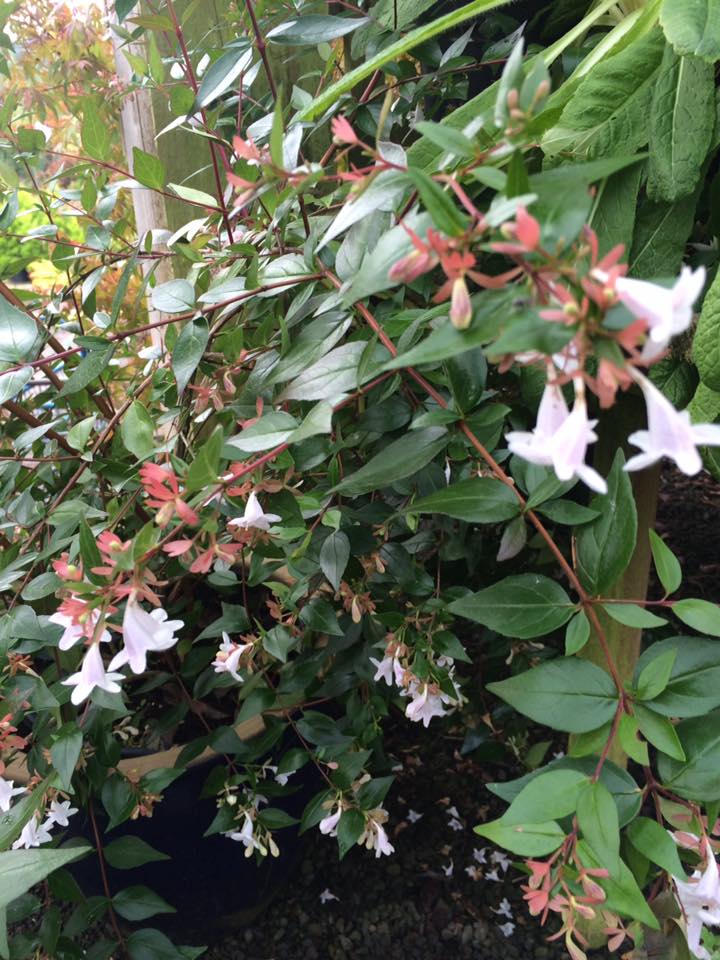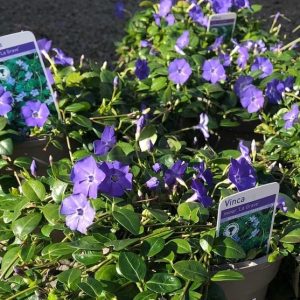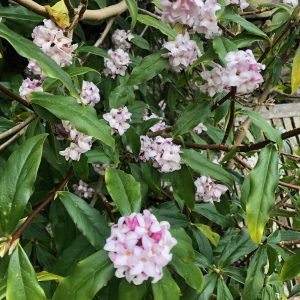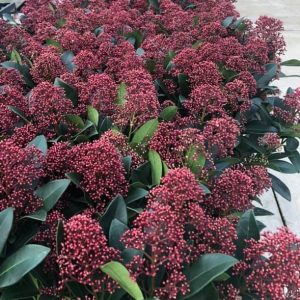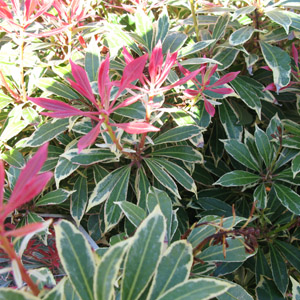Evergreen Shrubs, Fragrant Shrubs, Shrub
Abelia grandiflora
Abelia grandiflora
£11.99
Abelia grandiflora 

Abelia grandiflora is a great end of season performer. It is evergreen, scented, and straddles the late Summer early Autumn perfectly. Plant aside a door or window where the wafted scent can be fully appreciated. It will grow to a height of 1.4m. and spread to 2m, but will respond well to trimming if some curbing of growth is required. It will flower from July to September, and performs best in full Sun. Hardy.
SKU: ABELIA-GF
Categories: Evergreen Shrubs, Fragrant Shrubs, Shrub
Tags: Evergreen Shrub, Perennial shrub, Pink flowers, scented flowers
Related products
-
Rated 0 out of 5
Vinca minor
£9.99 Select options This product has multiple variants. The options may be chosen on the product page -
Rated 0 out of 5
Skimmia japonica Rubella
£14.99 Select options This product has multiple variants. The options may be chosen on the product page

